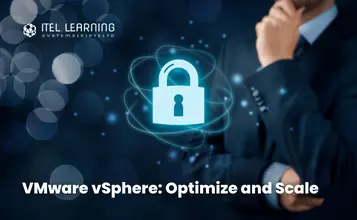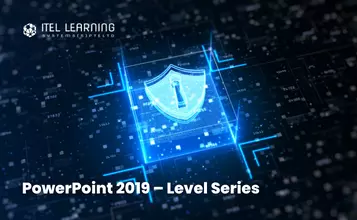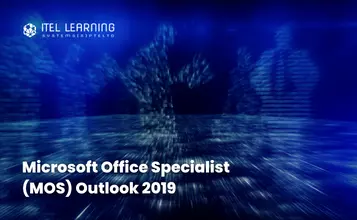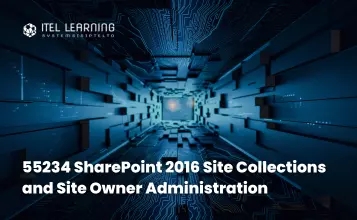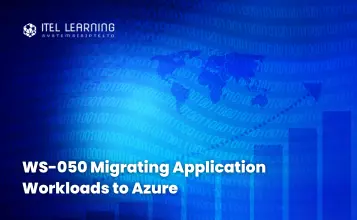Overview
This five-day course teaches you advanced skills for configuring and maintaining a highly available and scalable virtual infrastructure. Through a mix of lecture and hands-on labs, you configure and optimize the VMware vSphere® 7 features that build a foundation for a truly scalable infrastructure, and you discuss when and where these features have the greatest effect.
Attend this course to deepen your understanding of vSphere and learn how its advanced features and controls can benefit your organization. As an exclusive benefit, those who participate in this course will receive additional premium recorded lecture material on vSphere security.
Prerequisites
You must complete one of the following prerequisites:
- Understanding of concepts presented in the VMware vSphere: Install, Configure, Manage [V7] course
- Equivalent knowledge and administration experience with ESXi and vCenter Server
Experience with working at the command line is highly recommended.
Who Should Attend?
Experienced system administrators, system engineers, and system integrators
Course Outline
- Introductions and course logistics
- Course objectives
- Configure and manage vSphere distributed switches
- Describe how VMware vSphere® Network I/O Control enhances performance
- Explain distributed switch features such as port mirroring and NetFlow
- Explain why VMware vSphere® VMFS is a high-performance, scalable file system
- Explain VMware vSphere® Storage APIs – Array Integration, VMware vSphere® API for Storage Awareness™, and vSphere APIs for I/O filtering
- Configure and assign virtual machine storage policies
- Create VMware vSAN™ storage policies
- Recognize components of the VMware vSphere® Virtual Volumes™ architecture
- Configure VMware vSphere® Storage DRS™ and VMware vSphere® Storage I/O Control
- Use the vSphere Client to manage vSphere certificates
- Describe identity federation and recognize its use cases
- Configure identity federation to allow vCenter Server to use external identity provider
- Describe the benefits and use cases of vSphere Trust Authority
- Configure vSphere Trust Authority
- Use host profiles to manage ESXi configuration compliance
- Create a local content library and subscribe to a published content library
- Deploy VMs from a content library
- Create and manage resource pools in a cluster
- Describe how scalable shares work
- Explain the CPU scheduler operation and other features that affect CPU performance
- Explain NUMA and vNUMA support
- Use esxtop to monitor key CPU performance metrics
- Explain ballooning, memory compression, transparent page sharing, and host-swapping techniques for memory reclamation when memory is overcommitted
- Use esxtop to monitor key memory performance metrics
- Describe storage queue types and other factors that affect storage performance
- Discuss vSphere support for NVMe and iSER technologies
- Use esxtop to monitor key storage performance metrics
- Explain performance features of network adapters
- Explain the performance features of vSphere networking
- Use esxtop to monitor key network performance metrics
- Describe the factors that influence vCenter Server performance
- Use VMware vCenter® Server Appliance™ tools to monitor resource use Supplemental Content
